Then there are those days without much to report…but still so much having been seen.
I moved from the lovely hotel after a morning run through the beautiful Fitzroy Gardens to my airbnb in an area of Melbourne called Carlton, right near the University of Melbourne. It’s very convenient — across from one park and another just behind, and within walking distance to any public transport I might need. A perfect place to spend a week. After settling in, I walked over to Victoria Market —Australia’s Greatest Market! It is the largest open air market in the Southern Hemisphere and in addition to fish and meat and fruits and vegetables there are sheds with goods like merino wool and alpaca clothing and leather bags and satchels and soaps and teas and honeys. And a differentiating feature of this market is the way the vendors shout out the price and try to lure customers from one stand to another. It’s been a tourist and local attraction since 1878. I picked up a bit of produce and strolled the area; will need to go back when it’s not so close to closing time! In walking home, discovered some interesting architecture and a political commentary/mural about #notmypresident!
On my way to find a bite to eat last night I came across music playing in the park behind my apartment — it was Fat Tuesday and in honor of Mardi Gras there were bands and booze and food trucks. I listened for awhile to Skyscrape Stan and his Aussie take on bluegrass before heading back to my accommodation.
Today was museum day. I’m close to the Carlton Gardens and the Melbourne Museum and the Royal Exhibition Building, so decided to spend the day exploring. The Museum had three main sections — one devoted to Aboriginal Culture, one to Science and Life and a third to Mind and Body. I spent most of my time in trying to learn about Aboriginal Culture, and thinking about the similarities and differences to American Indians.
The original people of this land were here for 60,000 continuous years, and there were over 500 different tribes/clans by the time the British began colonization in 1788. Much like in America, these tribes were simple people, living by the land, and by the code of their cultures. They didn’t understand the concept of “owning” land, so when offered trinkets for geography there wasn’t a full comprehension of the interaction. So, little by little the British came in and pushed the local people further out and inland and it was a story like we’ve seen/heard before. But not to simplify it… the different cultures clashed and rather than war there has been a century of regulation and amendments and other rights provided to the original people of this land through various governmental decrees. It’s still a complex and highly debated issue. It is estimated that 3% of the Australian population of 23 million are indigenous (sometimes this is a preferred terminology). It was good to learn a little about it, but I do have to remember that sometimes a little knowledge is a dangerous thing….
Then onto the Mind and Body section specifically to see an exhibit about the Australians who went to war with the British for WWI. There was war fever in Australia, with men signing up in droves to support the effort and to prove that the nation had standing after just declaring it’s independence 14 years before. There were enlistment parades and rallies, and popular songs raised patriotic spirits. And by the time peace was declared, 60,000 Australians were dead, and thousands more would die of war injuries, from a population of only 5 million. There were two big battle campaign that contributed to the ANZAC loss of life — Gallipoli and Ypres. Gallipoli alone resulted in the loss of over 8,000 Australian lives. This war had lasting impact as many soldiers returned home with serious injuries, and the Spanish Flu then spread throughout the country, taking even more lives. The impact on the total population of this new country was extreme.
In an area of the museum dedicated to the history of Melbourne there was a large exhibit about a horse named Phar Lap, who was an heroic figure in Australia during a time of national hardship. He was the greatest race horse despite his short career spanning 37 wins from 51 starts in just a few years, beginning with the 1930 Melbourne Cup. His wins coincided with the start of the Great Depression, and gave Australians a hero. New Zealand got his skeleton, but Melbourne got his hide, which has been stretched over another horse body, so he stand 17 hands high behind glass.
Across the plaza from the Museum was the Royal Exhibition Building and I was just able to catch the 2PM tour. Opened on October 1, 1880, It was the home to the Melbourne International Exhibition, with over 33 nations participating and over 32,000 exhibits from all over the world. This was Australia’s answer to Britain’s Crystal Palace Exhibition of 1851, and was largely funded by the gold rush that began in Australia around that same time. The building now is just a tenth of the size of the entire event, which took over Carlton Gardens and stretched from one end of the main street to the other. The center was used again on August 1, 1888 to house the Melbourne Centennial International Exhibition commemorating 100 years of white settlement in Australia. Designed by Joseph Reed, and built in under 18 months, it is still in use today for various exhibitions, and is rented annually for the exams at Melbourne University. I liked the 4 statements under the dome, written in Latin: “By the grace of God”, “Seize the day”, “Dare to be wise” and “With benign power”. You could do worse for mottos. It was named a World Heritage Site in 2004.
Dinner with my sister, Yvonne, who’ve I’ve not seen in 5 years and who I forgot to humor me with a selfie. But I will see her again in a few days. And tomorrow, there’s still so much of Melbourne to see…
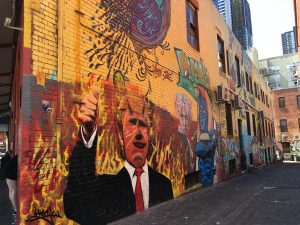
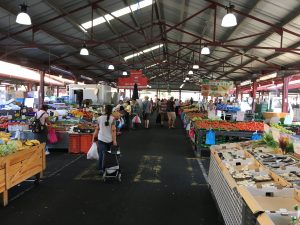
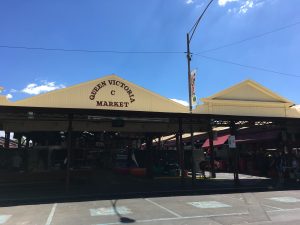
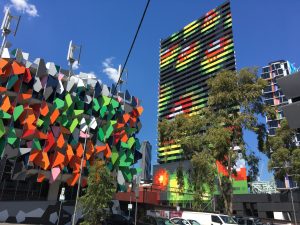
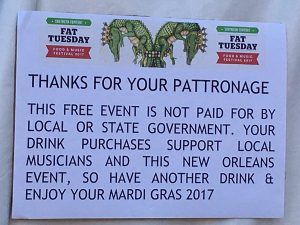
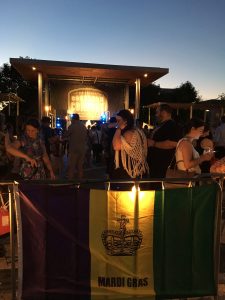
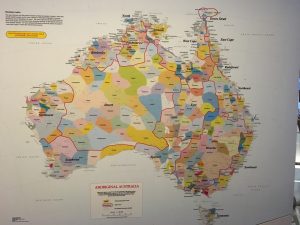
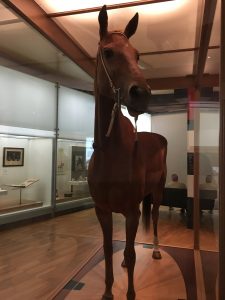
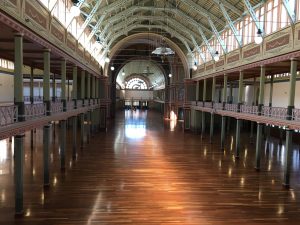
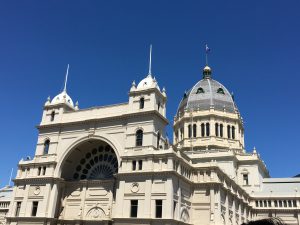
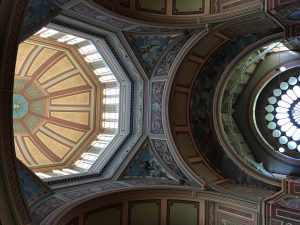
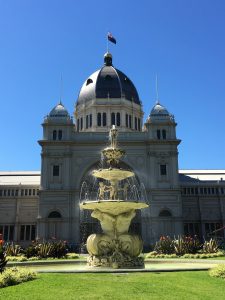
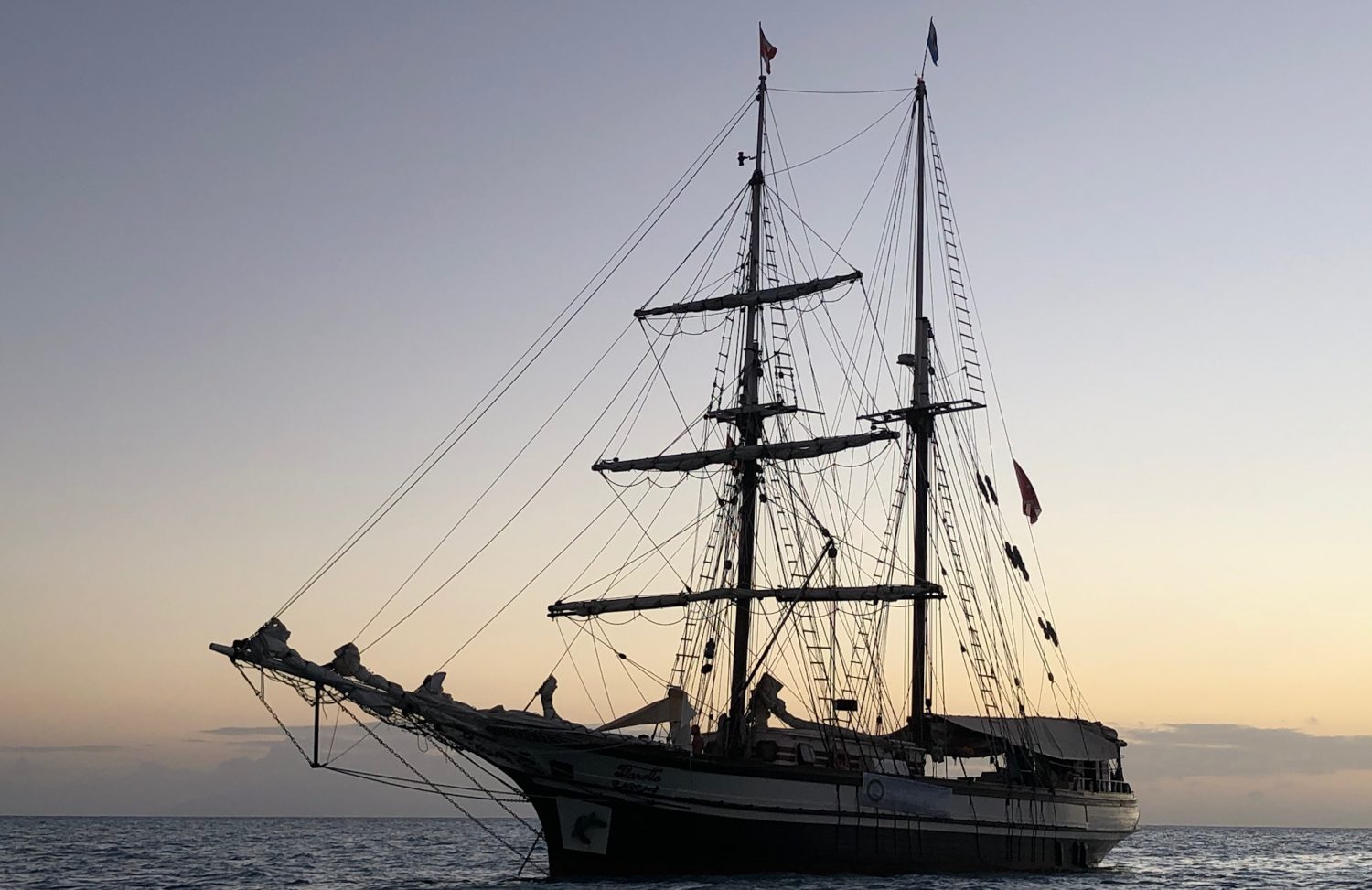
Note to Lorrie’s Self – watch the film, “Gallipoli” upon returning Stateside.